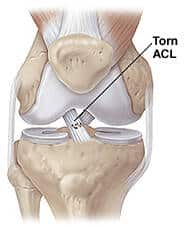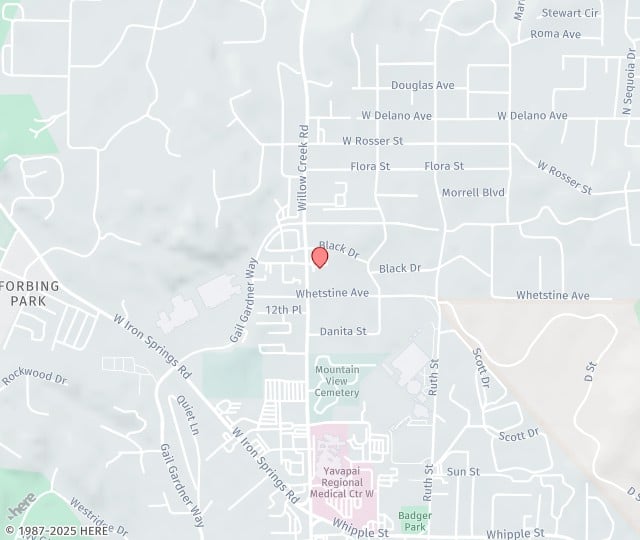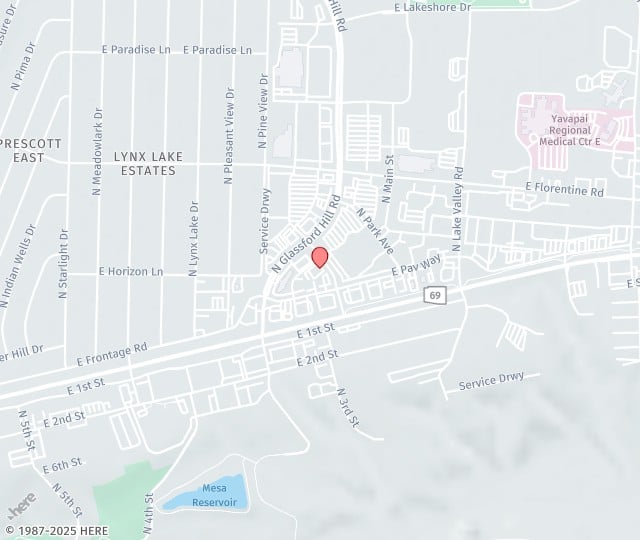Joint Health
Welcome to our health education library. The information shared below is provided to you as an educational and informational source only and is not intended to replace a medical examination or consultation, or medical advice given to you by a physician or medical professional.


The ACL (anterior cruciate ligament) is a band of tough, fibrous tissue that stabilizes the knee. Injuries to the ACL are very common, especially among athletes. Treatment for your injury may or may not involve surgery. Treatment depends on the severity of the injury and how active you hope to be in the future. Your healthcare provider can discuss your treatment options with you.
Reduce Pain and Swelling
Whether or not you have surgery, you can help reduce pain and swelling with rest, icing, and elevation. Rest with your knee elevated above heart level. Put ice on your knee 3-5 times a day for 10-15 minutes at a time. (Keep a thin cloth between the ice and your skin.) Take any medications that are prescribed. And follow any other instructions you’re given.
Use Crutches
Crutches can help you get around during your recovery. They reduce stress on your knee, helping it to heal. Follow your healthcare provider’s advice about how much weight to put on your injured leg. Use crutches for as long as advised.
If You Need Surgery
For severe ACL injuries, you may need a procedure called ACL reconstruction. This is surgery that uses a graft (new tissue) to replace a torn ligament. If surgery is needed, your healthcare provider can give you more information about it.
Rehabilitation
Whether or not you have surgery, rehabilitation exercises are important. Exercise is needed to strengthen the muscles that support your knee. It will also help you regain flexibility, reduce pain, and prevent other knee problems in the future. Your healthcare provider can show you the best exercises for your knee. He or she will also tell you how long and how often to exercise.

